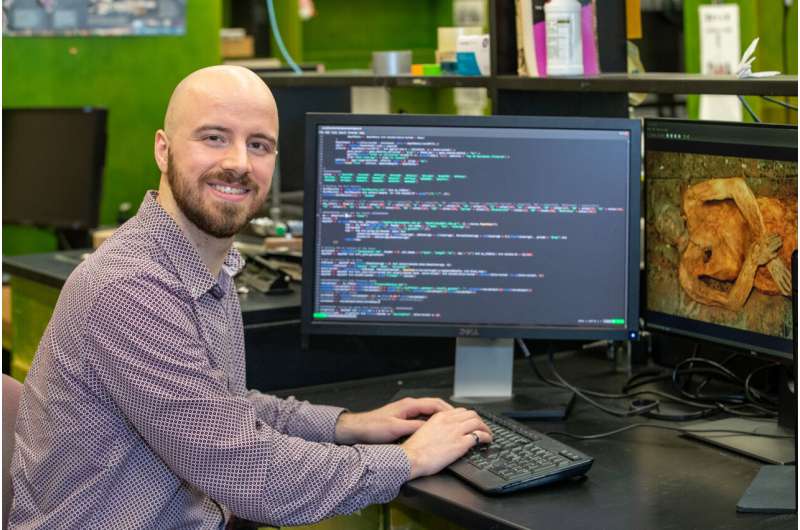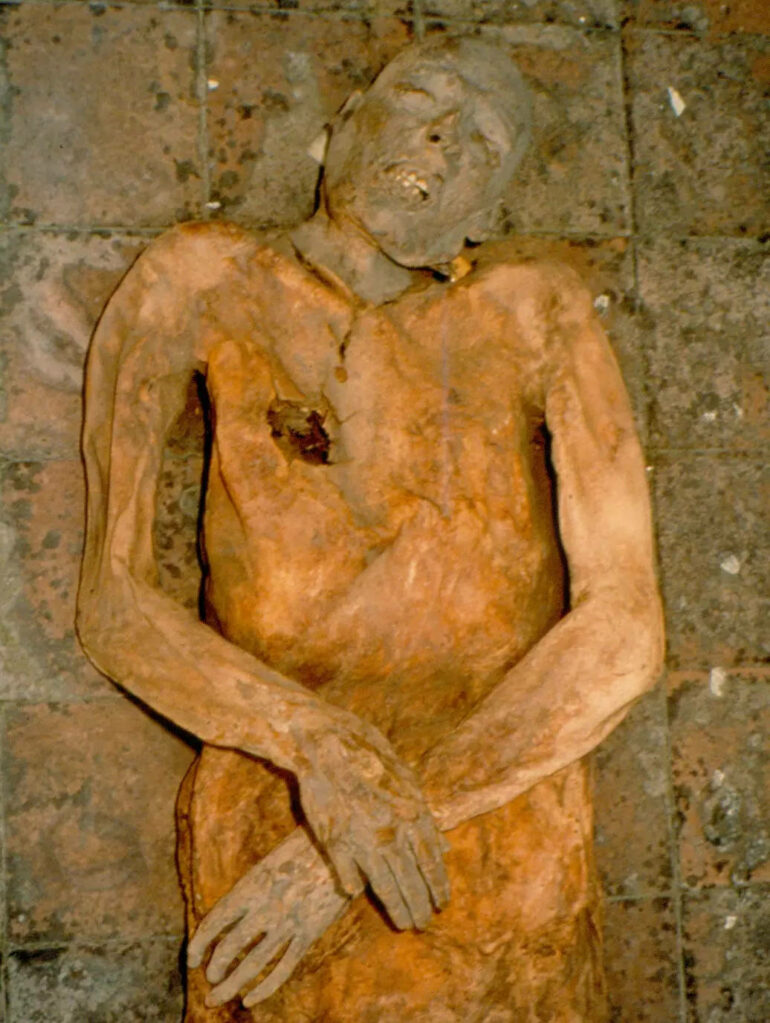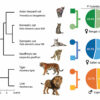An international team led by researchers at McMaster University, working in collaboration with the University of Paris Cité, has identified and reconstructed the first ancient genome of E. coli, using fragments extracted from the gallstone of a 16th century mummy.
The discovery is published online today in the journal Communications Biology.
E. coli is a major public health concern, causing significant death and morbidity, yet is not a source of pandemics. It is known as a commensal, a bacteria that resides within us and can act as an opportunistic pathogen infecting its host during periods of stress, underlying disease or immunodeficiency.
Its full evolutionary history remains a mystery, including when it acquired novel genes and antibiotic resistance, say researchers.
Unlike well-documented pandemics such as the Black Death, which lingered for centuries and killed as many as 200 million people worldwide, there are no historical records of deaths caused by commensals such as E. coli, though the impact on human health and mortality was likely tremendous.
“A strict focus on pandemic-causing pathogens as the sole narrative of mass mortality in our past misses the large burden that stems from opportunistic commmensals driven by the stress of lives lived,” says evolutionary geneticist Hendrik Poinar, who is director of McMaster’s Ancient DNA Center and a principal investigator at the university’s Michael G. DeGroote Institute for Infectious Disease Research.
Modern E. coli is commonly found in the intestines of healthy people and animals. While most forms are harmless, some strains are responsible for serious, sometimes fatal food poisoning outbreaks and bloodstream infections. The hardy and adaptable bacterium is recognized as especially resistant to treatment.
Having the genome of a 400-year-old ancestor to the modern bacterium provides researchers a point of comparison for studying how it has evolved and adapted since that time.

George Long is co-lead author of the study and a graduate student of bioinformatics in the Department of Anthropology. © McMaster University.
The mummified remains used for the new study come from a group of Italian nobles whose well-preserved bodies were recovered from the Abbey of Saint Domenico Maggiore in Naples in 1983.
For the study, the researchers conducted a detailed analysis of one of the individuals, Giovani d’Avalos. A Neapolitan noble from the Renaissance period, he was 48 when he died in 1586, and thought to have suffered from chronic inflammation of the gallbladder due to gallstones.
“When we were examining these remains, there was no evidence to say this man had E. coli. Unlike an infection like smallpox, there are no physiological indicators. No one knew what it was,” explains lead author of the study, George Long, a graduate student of bioinformatics at McMaster who conducted the analysis with co-lead author Jennifer Klunk, a former graduate student in the university’s Department of Anthropology.
The technological feat is particularly remarkable because E. coli is both complex and ubiquitous, living not only in the soil but also in our own microbiomes. Researchers had to meticulously isolate fragments of the target bacterium, which had been degraded by environmental contamination from many sources. They used the recovered material to reconstruct the genome.
“It was so stirring to be able to type this ancient E. coli and find that while unique it fell within a phylogenetic lineage characteristic of human commensals that is today still causing gallstones,” says Erick Denamur, the leader of the French team that was involved in the strain characterization.
“We were able to identify what was an opportunistic pathogen, dig down to the functions of the genome, and to provide guidelines to aid researchers who may be exploring other, hidden pathogens,” says Long.
More information:
A 16th century Escherichia coli draft genome associated with an opportunistic bile infection, Communications Biology (2022). DOI: 10.1038/s42003-022-03527-1
Provided by
McMaster University
Citation:
Researchers reconstruct the genome of centuries-old E. coli using fragments extracted from an Italian mummy (2022, June 16)



